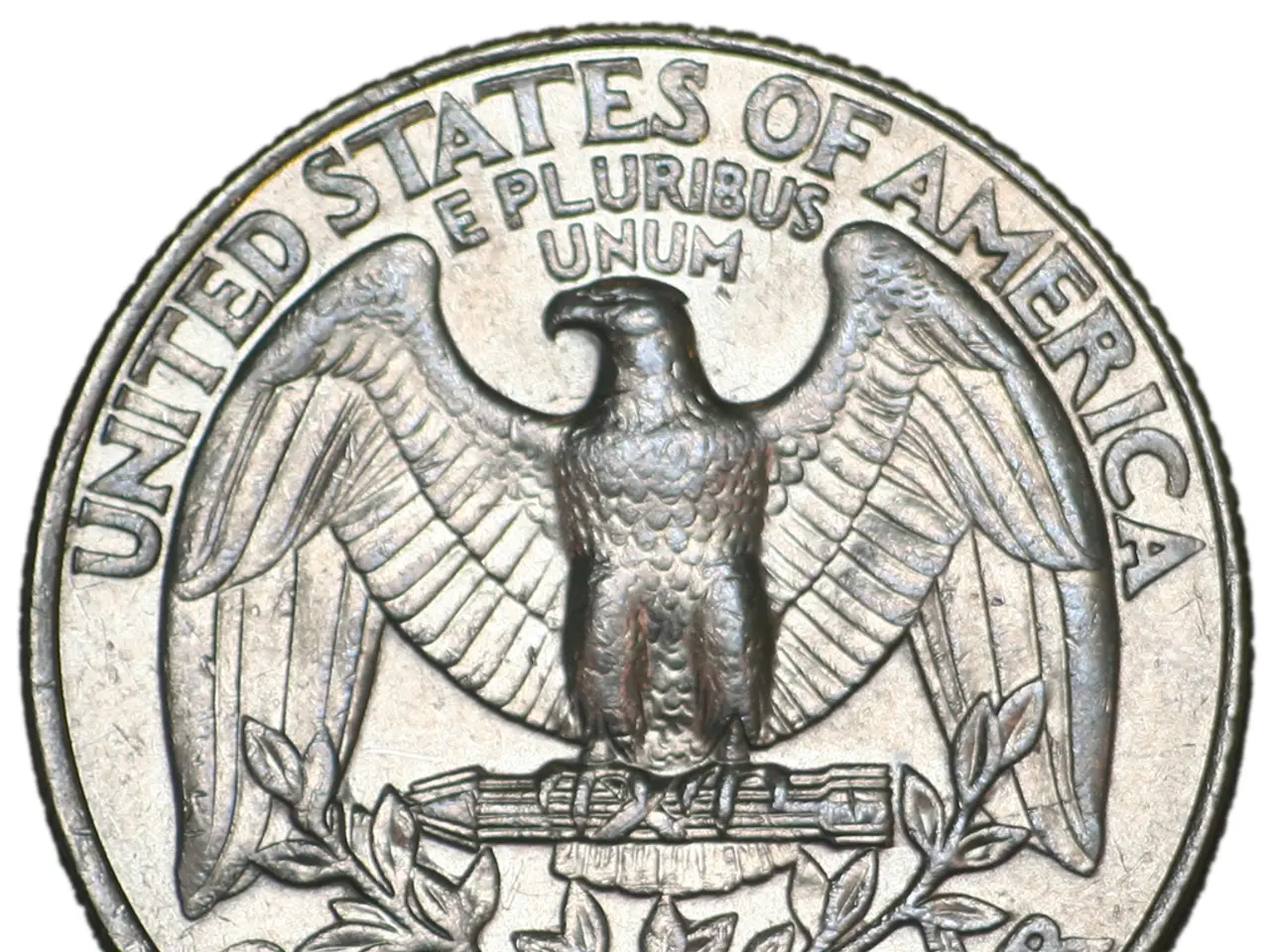Luxury Assets - Fine Wine and Timepieces Drive Luxury Investment Expansion
In 2021, the world of luxury investments witnessed a significant revival, marking a positive phase after the disruptions caused by the COVID-19 pandemic. According to various reports, this resurgence was not limited to traditional luxury stocks but extended to various sectors such as art, wine, and collectibles.
In the realm of passion investments, fine art saw a growth of 13% in 2021, following a fall of 11% in the previous year. This recovery was reflected globally, with art remaining the most popular passion investment among High Net Worth Individuals (HNWIs) and Ultra High Net Worth Individuals (UHNWIs), according to wealth advisors. In North America and Asia, fine jewelry emerged as a more popular passion investment.
The Knight Frank Luxury Investment Index, a comprehensive measure of luxury investment trends, grew by 9% in 2021, marking its strongest overall performance since 2018. Among various sectors, fine wine and collectible watches saw the highest growth, with both categories growing by 16%.
Miles Davis of data supplier Wine Owners noted a new wave of investment money flowing into the wine market. Some of this new investment was driven by macro factors such as inflation worries, with wine being seen as a hedge. The strong performance of wine follows a decade of average growth for this asset.
In the UK and Europe, wine and watches were more popular passion investments. Christie's, a renowned auction house, recorded a five-year high of $7.1bn in 2021. The strong performance of watches is noteworthy, considering they have been growing consistently for the past decade.
Classic cars were the second most popular passion investment globally. In Australasia, almost 40% of respondents said their clients had increased passion investments in 2021. Sotheby's reported record sales of $7.3bn in 2021, underscoring the overall growth in luxury investments.
The luxury sector also saw notable investment and consolidation activities, with significant funding rounds for fashion-tech and accessible luxury brands like Quince and ANNY. Despite broader challenges, investor interest in niche segments of the luxury market remained strong.
However, the luxury sector faced a slowdown starting from 2022 and moving into 2023-2025. Bain & Company projected that luxury sales would shrink by 2% to 5% in 2025, marking the weakest performance outside of the 2008 financial crisis and pandemic years. This cyclical downturn in the luxury market may offer buying opportunities for patient investors, as the sector has historically rebounded from such downturns.
Sources: Admiral Markets luxury stocks list and nature 1; USFunds analysis on luxury sector performance and outlook 3; Fashion investment data on recent funding rounds 4.
- The world of luxury investments experienced a revival in 2021, expanding beyond traditional luxury stocks to sectors like art, wine, and collectibles.
- In the global market, fine art registered a growth of 13% in 2021 after a fall of 11% the previous year, remaining the most preferred passion investment among HNWIs and UHNWIs.
- Fine jewelry emerged as a more popular passion investment in North America and Asia, with the Knight Frank Luxury Investment Index recording its strongest growth since 2018.
- In the wine market, a new wave of investment money flowed in, with categories such as fine wine and collectible watches showing the highest growth of 16%.
- Classic cars were the second most popular passion investment globally, with exotic travel, luxury dining, spirits, yachts, fashion, and beauty, cars, technology, and business continuing to attract interest from HNWIs and UHNWIs.
- In the UK and Europe, passion investments in wine and watches saw increased popularity, with Christie's recording a five-year high of $7.1bn in 2021.
- The luxury sector experienced notable investment and consolidation activities, with fashion-tech and accessible luxury brands like Quince and ANNY receiving significant funding rounds.
- Despite a cyclical downturn starting from 2022, the luxury market may offer buying opportunities for patient investors, as it has historically rebounded from such downturns, according to Bain & Company's projections.




